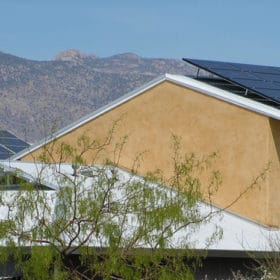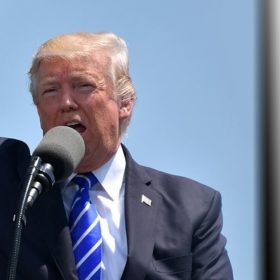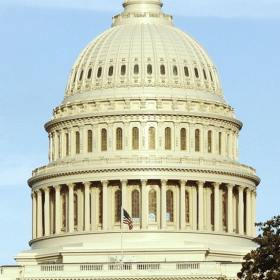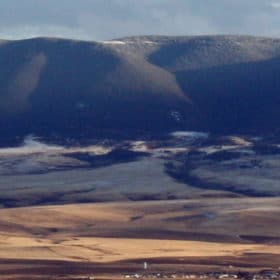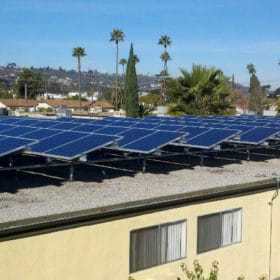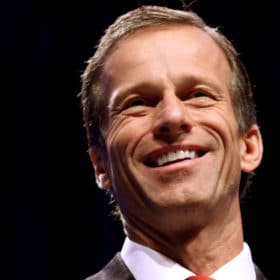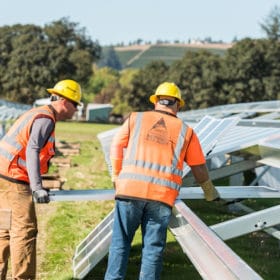Arizona rural electric coop continues its PV incentive programs
Mohave Electric Cooperative of Arizona will continue its PV rebate program for residential and small commercial members as well as an exported PV tariff, adding to their portfolio of utility scale plus public and nonprofit sector installations.
Trump team argues strongly for tariffs
Reports say an unreleased memo circulating within the White House lays out arguments for the strongest of trade sanctions against foreign PV cell and module makers in what is likely a bad sign for U.S. solar markets.
Final tax bill includes up to 80% offset for wind, solar tax credits
The application of the BEAT provision has been dialed back, however the law adds new complexity and it is not clear how investors will react to the new system.
Xcel Energy to launch PV incentive program in Minnesota
Xcel Energy’s Solar*Rewards program will be available for small PV systems in Minnesota beginning in 2018, offering incentives for a ten year period.
Montana lawsuit hopes to halt cuts to the rates paid to IPPs
Montana’s small-scale solar community has filed a lawsuit in a state district court to stop the Montana Public Service Commission from slashing the rates, saying the decision was “arbitrary” and “unreasonable.”
California approves $1 billion low-income multifamily solar program
The SOMAH program will provide up to $100 million in rebates annually for the next decade to put solar on multifamily affordable housing in California, while allowing tenants to access the benefits.
Texas slaps El Paso solar customers with $30 minimum bill
A settlement between the solar industry and the El Paso Electric Company grandfathers current solar customers for 20 years from having to pay the minimum bill – but new solar customers will feel the bite.
Deal cut to fix anti-renewable BEAT provision in tax bill
U.S. Senator John Thune has told Bloomberg that a deal has been cut to mostly amend the impacts of the BEAT provision, but the details remain unclear.
Tariffs risk U.S. position in global solar markets
In this op-ed for pv magazine, Madison Freeman, a research associate for the Council for Foreign Relations, argues that U.S. trade action against imported solar products is not in the nation’s best interest.
70 U.S. mayors: We support and will enact long-term solar programs
While federal policies remain uncertain, mayors representing more than half of the states say they will power forward in the Solar Century to deploy solar energy with or without federal support.
